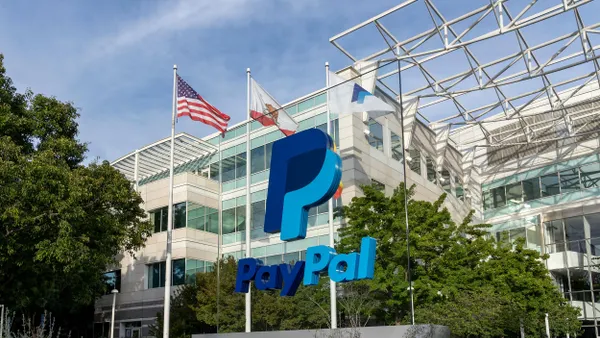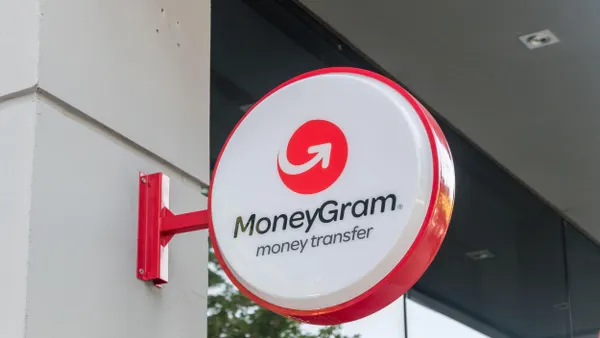The buy now, pay later guidance issued last month by the Office of the Comptroller of the Currency to national banks and federal savings associations reflects the post-bank failure world the industry now operates in, said attorney Max Bonici.
The agency’s guidance noted the growing BNPL market, where providers offer consumers credit to pay for goods and services over time in installment payments, sometimes without finance charges. The OCC also said banks it supervises that offer such services should do so in a responsible manner.
Banks should “maintain underwriting, repayment terms, pricing, and safeguards that minimize adverse customer outcomes and should ensure that marketing materials and disclosures are clear and conspicuous.” In addition, “prudent BNPL lending includes safeguards that minimize adverse customer outcomes,” the regulator said.
To date, BNPL regulatory discussions have revolved around consumer harm and disclosures, but the OCC approached the issue from both the bank and consumer perspectives, said Bonici, who is counsel at the law firm Venable, where he focuses on bank regulation. That’s part of regulators’ enhanced caution following last year’s bank failures, a trend he expects will continue.
“From a banking point of view, you don't want to have bad, weak – however you want to call it – assets,” Bonici said during a Jan. 5 interview with Payments Dive. “You don't want the bank to be overestimating the ability of these assets to perform.”
Editor’s note: This interview has been edited for clarity and brevity.
PAYMENTS DIVE: What struck you about the OCC’s guidance on BNPL?
MAX BONICI: It took a different approach. We're still in the post-2023 bank failure phase. The OCC is looking at this from a safety and soundness point of view, from the bank balance sheet point of view, from the bank risk management point of view. And to say, if you're doing this stuff, either as a bank directly or involved with this industry, do you understand the risks? And here's a little more meat on the bones about it.

Some of the OCC’s guidance may be aspirational. Because this is an evolving industry, there may not actually be legal certainty about every one of these issues that are raised. Still, I think it's fair that the OCC is saying to banks, make sure people can repay these things, that you're not sitting on bad assets.
I wouldn't be surprised if this is going to bear itself out on the supervisory plane – at least supervisory review, scrutiny and perhaps consequences.
They’re going to look under the hood – are you doing what you need to be doing, basically, to avoid what happened last spring?
What does the guidance say to you about the BNPL trend generally?
It confirms it’s a developing and growing part of the marketplace. The OCC did not demonize it.
In the absence of other clarifying guidance, I would expect other banks that are not OCC-regulated and -supervised to still take notice of this and use it for what it is, for informative general principles, to inform their own approaches, because these are legitimate issues that have been raised. Even if not directly for them, it could be instructive.
So the application of this guidance extends beyond the banks it’s directed at?
The guidance applies to banks themselves, but effectively to partner with a bank – especially in an era after the final interagency guidance from last summer on third-party risk management – banks are going to increasingly scrutinize partner relationships and operations to make sure that there aren’t legal violations and ultimately risk to the bank through those. The guidance will have a trickle-down effect, one way or another, even if the guidance is for the banks.
OCC banks, non-OCC banks, non-bank partners should be aware of this. Because a partner that wants to do this stuff will have to explain to the bank how it is not going to get the bank in trouble.













